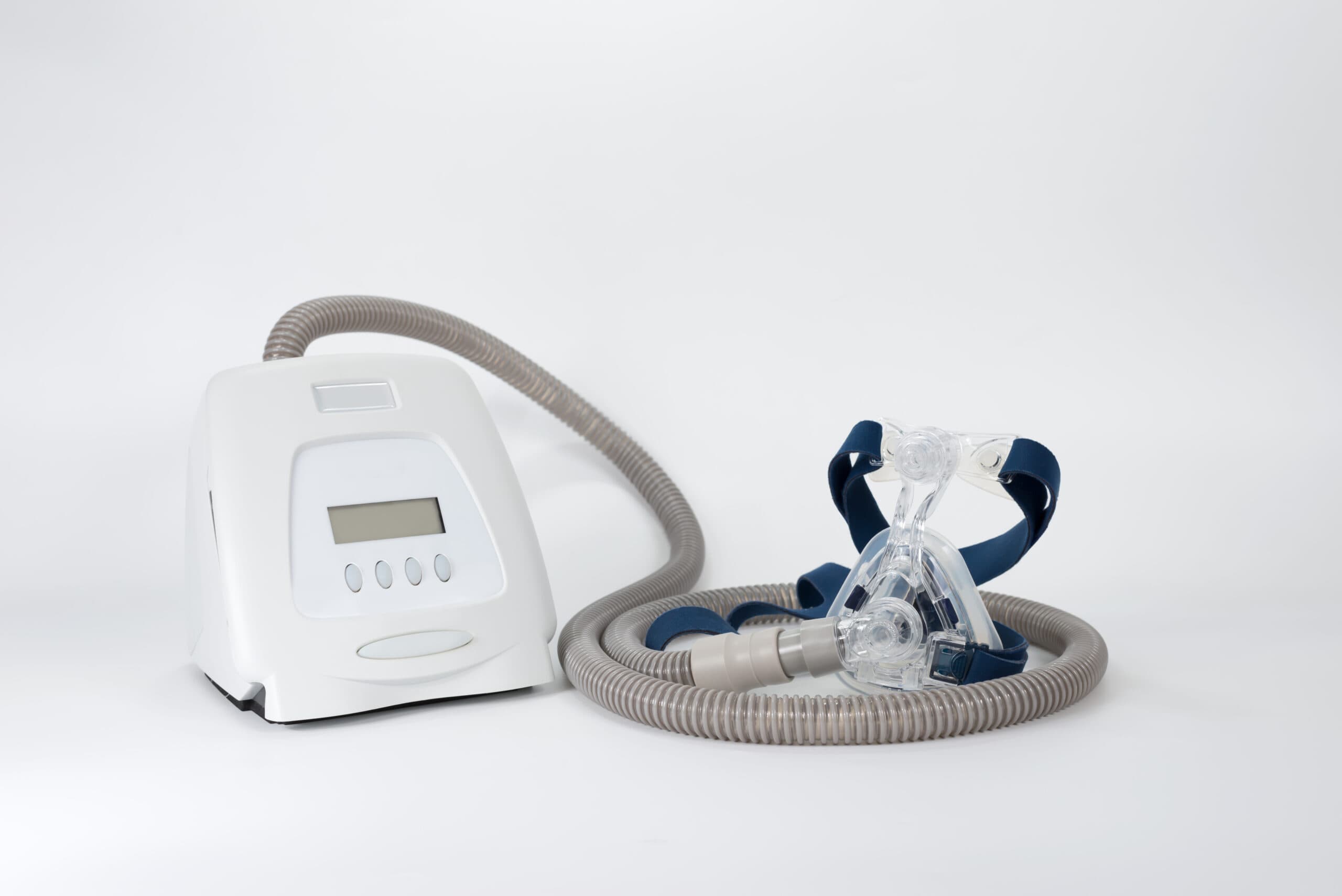
If you use a CPAP (Continuous Positive Airway Pressure) machine to manage obstructive sleep apnea, then you are already aware of how game-changing this medical equipment can be for alleviating its symptoms. By keeping your airways open throughout the night, CPAP therapy enhances sleep quality, reduces daytime fatigue, and protects your long-term health. However, when using a CPAP machine, you should not neglect one thing, which is cleaning your CPAP equipment, especially the nasal cushion
The nasal cushion is an important component of your CPAP mask that forms a seal around your nostrils or nose bridge, delivering pressurized air directly into your airways. Because it’s in direct contact with your skin and nose, which is why it gets more prone to collecting facial oils, sweat, dust, allergens, and moisture, without regular cleaning, your nasal cushion can turn into a breeding ground for bacteria, mold, and irritants, leading to major risks like skin rashes, respiratory infections, and reduced treatment effectiveness.
By considering proper hygiene, you can ensure safety and therapy works the way it should for effective treatment. In this complete guide, we will understand why cleaning your CPAP nasal cushion is essential, how often you should do it, what materials you’ll need, and a step-by-step process that’s both effective for your treatment and easy to follow. Whether you’re a new CPAP user or seeking a way to enhance your maintenance routine, this guide will help you breathe easier.
Your nasal cushion is in constant contact with your skin and nasal passages. Without proper cleaning, it can easily become a breeding ground for:
These contaminants not only degrade your CPAP experience and treatment but can also cause major health problems, such as:
Easily, if you want to understand why cleaning a CPAP mask is a must, then think about your toothbrush. You will not even like the idea of using a dirty or worn-out toothbrush to clean your teeth. If you are someone living in Pakistan, then it is more crucial to pay attention to using a nasal cushion, as we live in warmer climates, which acts as a contributing factor in promoting bacterial and mold growth. As a result, you must consider regular cleaning to prevent infections and ensure effective treatment.
Most manufacturers and sleep professionals recommend cleaning your nasal cushion daily, or at least every other day, to prevent major health risks. Along with that, you also need to clean it deep once a week, as it can help you to get rid of oils, residue, and hidden buildup.
Here’s a quick chart for reference:
| CPAP Component | Recommended Cleaning Frequency |
| Nasal cushion | Daily (light clean) |
| CPAP mask frame | Deep clean at least once a week |
| Hose and tubing | Weekly |
| Humidifier tank | Daily rinse, weekly clean |
| Headgear straps | Weekly |
Skipping this routine can be dangerous as it can cause problems like clogged airways, irritated skin, or even poor mask sealing, leading to disrupted sleep therapy.
Cleaning your nasal cushion doesn’t mean you need to rely on expensive equipment. Most cleaning supplies are affordable and are easily available at home or can be purchased through medical supply stores across Pakistan.
Avoid any soaps with dyes, perfumes, or moisturizing agents, and harsh chemicals, as they can leave behind residue or can impact the silicone material.
Follow these simple steps every day to keep your nasal cushion in top condition:
These are a few common mistakes that you must avoid:
Neglecting proper care of your nasal cushion is a major reason that you are not receiving proper CPAP therapy and might be at risk of getting health complications.
Here is how you can maintain your CPAP equipment:
Consider a CPAP cleaning machine like SoClean or Lumin (if available) as a supplement, not a replacement, for manual cleaning.
We offer 24/7 delivery of oxygen concentrators, CPAP/BiPAP machines, and hospital beds.
Emergency delivery available anytime
Quick setup and installation
Get professional advice and support.